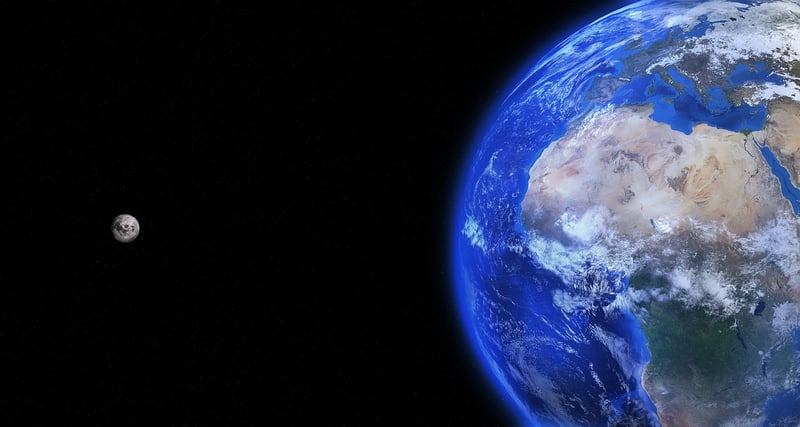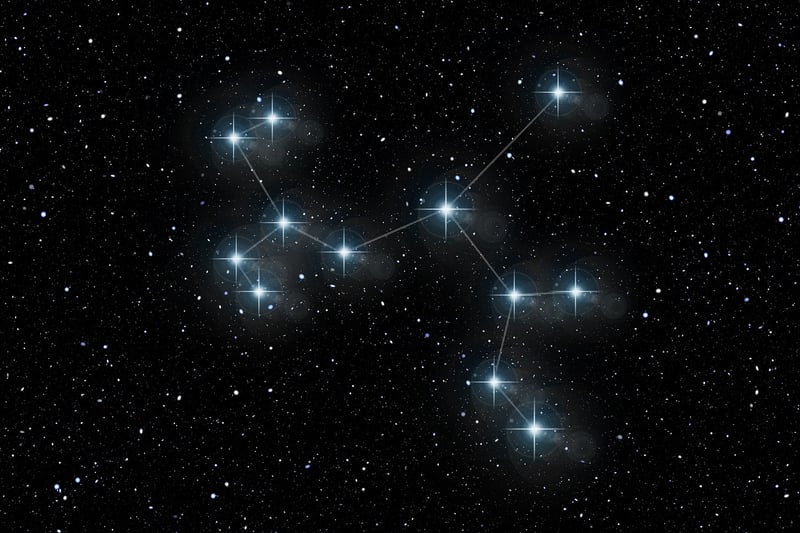Time Dilation
Navigating Time Shifts and Time Dilation
Time is a fascinating aspect of our universe, and understanding how it can shift and dilate is crucial in various fields such as physics, astronomy, and even science fiction. Let's explore the concepts of time shifts and time dilation to gain a better grasp of this intriguing phenomenon.
Time Shifts
A time shift occurs when time is experienced differently by two observers due to their relative motion or gravitational fields. This idea is a fundamental concept in the theory of relativity proposed by Albert Einstein.
Imagine two astronauts: one stationed on Earth and another traveling in a high-speed spacecraft. Due to their different velocities, they will experience time at different rates. This phenomenon is known as time dilation.
Types of Time Shifts:
- Velocity Time Dilation: Time passes slower for objects in motion relative to a stationary observer.
- Gravitational Time Dilation: Time passes slower in stronger gravitational fields.
Time Dilation
Time dilation is a key consequence of Einstein's theory of relativity, stating that time can appear to move slower or faster depending on the relative motion between observers and the strength of gravitational fields present.
This phenomenon has been experimentally verified numerous times, notably with high-speed particle accelerators and precise atomic clocks. The effects of time dilation become more pronounced as objects approach the speed of light.
Implications of Time Dilation:
Understanding time dilation has significant implications for space travel, GPS systems, and our understanding of the cosmos. It challenges our traditional notions of time as a constant and highlights the interconnected nature of space and time.
Exploring time shifts and time dilation opens up a world of possibilities and challenges our perceptions of reality. Embracing these concepts allows us to delve deeper into the mysteries of the universe and expand our knowledge of the fundamental nature of time.

Time is not just a linear progression but a dynamic element influenced by motion and gravity. Embrace the complexities of time shifts and time dilation to embark on a journey through the depths of the spacetime continuum.
Remember, time is not just a ticking clock but a fundamental aspect of the fabric of the cosmos, waiting to be explored and understood.

Let's continue to unravel the mysteries of time and space, one revelation at a time.
